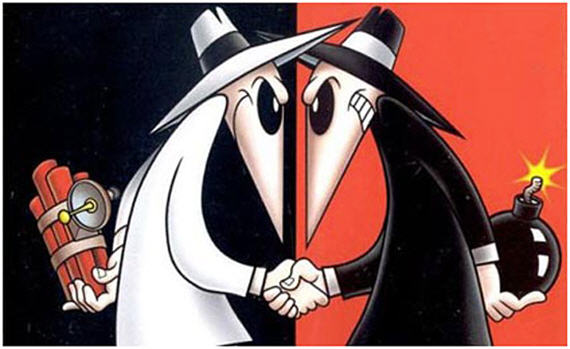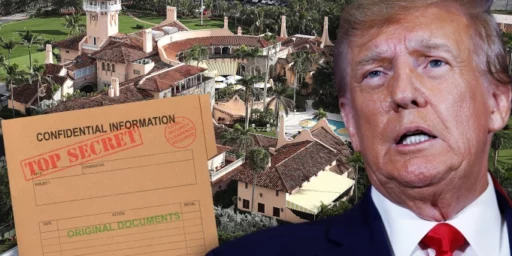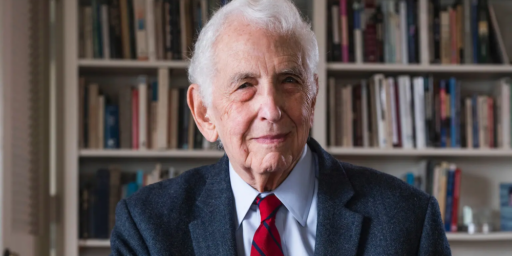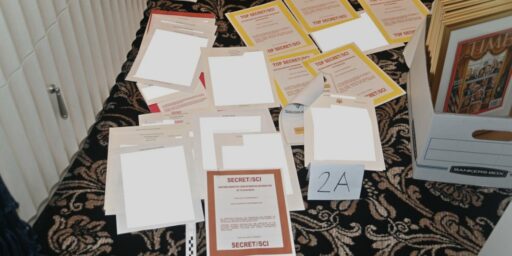CIA Declassifies WWI Secrets
The CIA has declassified the last six documents from the World War One era.
Wikileaks now has a prequel: Half a dozen documents laying out the most secret secrets of a century ago have been laid bare.
AP (“CIA Declassifies WWI-era Secret Documents“):
The CIA lifted the lid on one corner of the cloak and dagger world of World War I, declassifying six of the oldest secret documents in the U.S. government archives, the agency announced Tuesday.
The documents show top techniques used by spies, generals and diplomats to send secret messages in a diplomatic war that raged long after the guns stopped. The records reveal how invisible ink was used to send word between allies, and spies learned to open letters to read each other’s secrets without leaving a trace.
One document suggests this method for passing secret messages: soaking a handkerchief or collar in a mixture of nitrate, soda and starch, then drying the fabric. The chemicals come out when the cloth is placed in water. The liquid becomes invisible ink, that can be loaded into a pen and used to write a message. The recipient develops the writing by applying a second chemical, iodate of potassium.
There’s even a document written in French of the German’s secret ink formula, showing the French had cracked the enemy’s code.
Former intel guy Russ Emerson calls this a “dangerously willy-nilly declassification policy” but once “Veronica Mars” catches on, it’s probably time to let it go.
The CIA explains:
“These documents remained classified for nearly a century until recent advancements in technology made it possible to release them,” CIA Director Leon E. Panetta said in a statement Tuesday. Recent advances in the chemistry of secret ink, and the lighting methods used to detect it have made the secrets revealed Tuesday obsolete, explained CIA spokesperson Marie E. Harf.
Not so recent, actually.
But the CIA was not always so eager to share these particular secrets, according to Steve Aftergood, of the Federation for American Scientists. He says the CIA resisted a Freedom of Information Act request in 2002 to release the records. Nor was he impressed at Panetta’s statement that the documents could be released now because of new technological advances. “Invisible ink was rendered obsolete by digital encryption long ago, not in the last few years,” Aftergood said. “Director Panetta is attempting to rationalize the CIA’s irrational information policies, but there is no known basis for his claim.”
The problem with waiting over a hundred years to declassify information is that you have to pretend that there was a good reason to keep it secret up until now. Otherwise, people will start to think our system of keeping things secret is arbitrary. And we can’t have that.
via Tammy Bruce






Now if only we can get rid of the Federal telephone excise tax that is left over from some war or another.
http://en.wikipedia.org/wiki/Federal_telephone_excise_tax
Everything I ever wanted to know about invisible ink, I learned from Mr. Wizard back in the 50’s. I wonder if he ever got investigated for devolving classified material.
Herbert Yardley revealed all these methods in 1931 in his book The Black Chamber. The book was in response to Henry Stimson shutting down America’s covert signal intelligence gathering capability. Interestingly enough, there wasn’t a CIA when any of this was printed his book or these documents were produced.